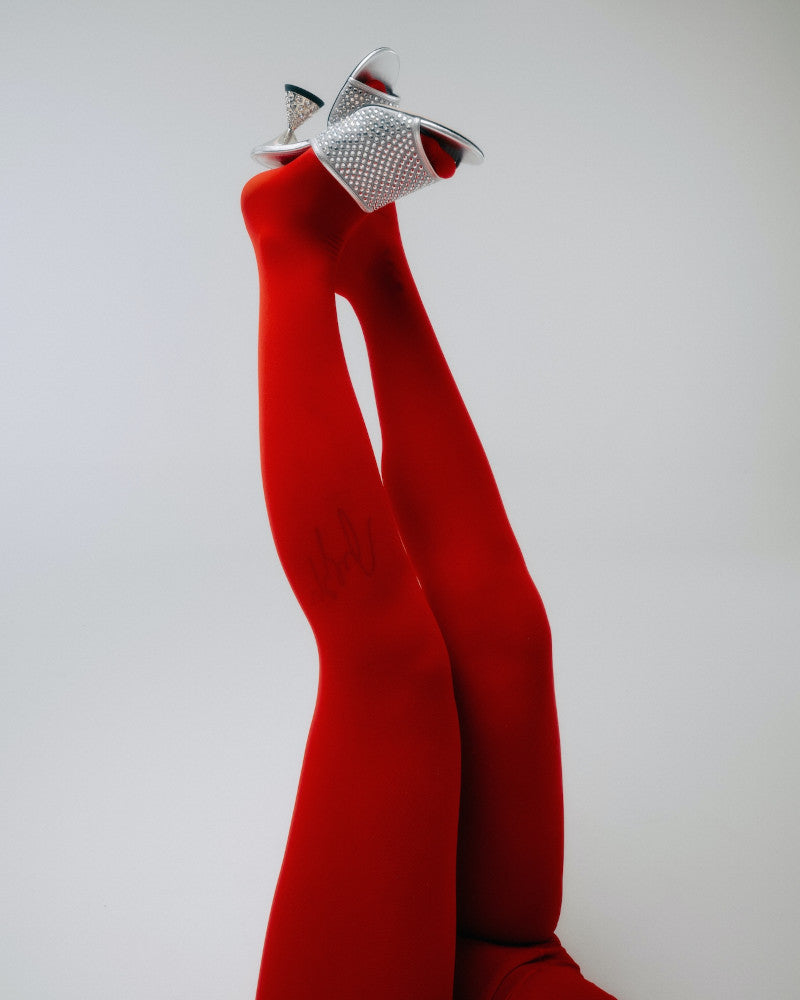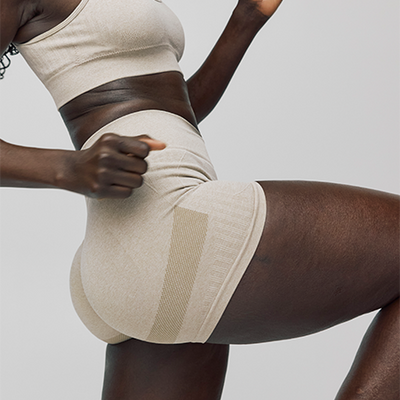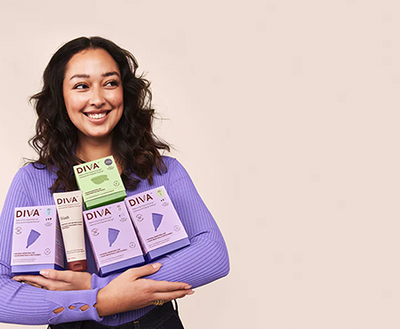

Why Can’t I Get My Menstrual Cup In?
There are 3 DIVA Cup sizes; Model 0, Model 1, and Model 2, and the DIVA Disc which comes in a one-size-fits-most. Finding the right size, or deciding to switch to a DIVA Disc, might be something you have to investigate every few years. Because our bodies change, hips widen, pelvic floor strength can increase and decline, and our diet, birth control, or lifestyles shift, figuring out “why” might not be as simple as you think.Body Changes
Throughout our lives, our bodies go through physical changes. For example, when having a baby, the hips and ribs widen. Sometimes they will return to a narrower position, but sometimes they won’t.Similarly, the pelvic floor and vaginal walls are put under a lot of pressure and may weaken. The strength and tone of the pelvic floor muscles can also influence the fit of your menstrual cup. Afterward pregnancy, your body might be different and require a different size menstrual cup.
While strengthening the pelvic floor muscles in general might contribute to a more secure fit and prevent leaks, on the other hand, excessively tight or tense pelvic floor muscles might also make cup insertion or removal uncomfortable. It's always best to work with a pelvic floor physiotherapist to tone these muscles properly.
Alternatively, maybe you’ve been working out and your pelvic floor are stronger now, affecting the fit of your menstrual cup. A stronger pelvic floor could mean you need a smaller cup or a larger cup. The selection process is always individual and best assessed with a pelvic health professional.
For any number of reasons our bodies can shift and change in shape and size over the course of our lives. It’s important to respond to these changes and focus on fit over size.
Diet, Birth Control and Lifestyle Changes
Some things related to the proper fit and positioning of your menstrual cup or disc might surprise you—like diet, birth control, and lifestyle.Diet
If you experience bloating or water retention during your period, this can temporarily increase the size of the abdomen and potentially affect the fit of your cup/disc. Bloating and water retention can be reduced by monitoring our consumption of salty or processed foods, and carbonated beverages.
Dehydration can affect the vagina’s ability to stay lubricated and elastic. Without proper lubrication and elasticity, you might have difficulty inserting or removing your menstrual cup. Make sure you’re drinking adequate water!
Paired with adequate hydration is adequate fiber intake to facilitate regular bowel movements.
Constipation can add pressure to the pelvic area, making it more difficult to insert, remove or keep your menstrual cup in a comfortable position.
To maintain a comfortable and secure fit, as well as a healthy menstrual cycle, avoid foods that cause bloating and water retention, stay hydrated, and consume fiber-rich fruits, vegetables, whole grains and legumes to promote regular bowel movements.
Birth Control
Depending on birth control method and how it might affect your body, it may be necessary to choose a different cup or disc to accommodate any changes in heaviness of flow. Some birth control might also lead to vaginal dryness or a lighter flow. You might instead need to switch to a Model 0 or 1 with a smaller capacity.
Lifestyle
Engaging in sports, exercise, or high intensity workouts, could affect the position and fit of your menstrual cup or disc. Vigorous movement could cause it to shift or leak. In such cases, ensure you've selected the correct period product with the most secure fit and consider additional protection, like period underwear.
Significant changes in weight, whether gained or lost, can alter the distribution of body fat, including around the pelvic area. These changes could affect the fit of your menstrual cup/disc.
Vaginal health can play a part in comfortable cup and disc insertion and positioning. Avoid using harsh chemicals. Support a healthy vaginal environment through diet and proper hygiene, to avoid infection and irritation, and support comfortable cup usage.
Prolapse and Gynecological Health
Although menstrual cups and discs do not cause pelvic prolapse, if you develop one, it may prevent you from using your menstrual cup or disc. The DIVA Disc is also a great option for anyone with a 2-3 degree pelvic prolapse. If you suspect anything new or irregular though, always check in with your health care provider to assess the state of your pelvic health.If your DIVA Cup or DIVA Disc isn’t working for you anymore, know that it’s a normal process, and our Consumer Experience Team is always on hand to discuss your situation and provide solutions!























